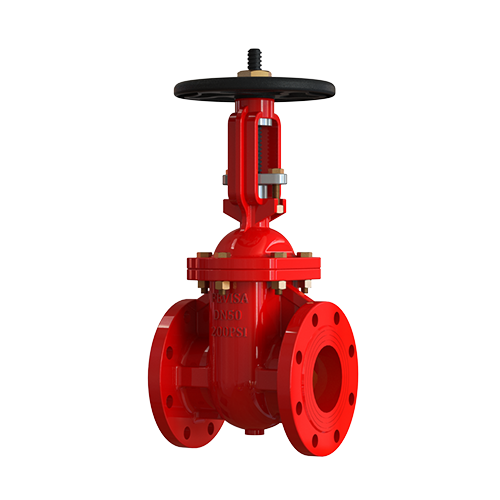Types of Fire Alarm Systems:
- Conventional Fire Alarm Systems:
- Description: Uses separate circuits for each zone.
- Features: Cost-effective; suitable for small to medium-sized buildings.
- Addressable Fire Alarm Systems:
- Description: Each device has a unique address.
- Features: Provides precise location of the fire; suitable for large buildings.
- Wireless Fire Alarm Systems:
- Description: Uses wireless signals for communication.
- Features: Easy to install; ideal for historical buildings or where wiring is difficult.
- Intelligent Fire Alarm Systems:
- Description: Advanced systems with sophisticated detection algorithms.
- Features: Minimizes false alarms; adjusts sensitivity based on environment conditions.
- Aspirating Smoke Detection Systems:
- Description: Continuously samples air for smoke particles.
- Features: Highly sensitive; suitable for high-value and clean environments like data centers.
- Hybrid Fire Alarm Systems:
- Description: Combines wired and wireless technologies.
- Features: Flexible and scalable; ideal for complex building structures.
Features of Fire Alarm Systems:
- Control Panel: The system’s brain that monitors inputs and outputs, providing centralized control.
- Detectors: Smoke, heat, or flame detectors placed strategically throughout the building.
- Manual Call Points: Allow occupants to manually trigger the alarm.
- Sounders and Strobes: Audible and visual alarms to alert occupants.
- Remote Monitoring: Connects to monitoring centers for 24/7 surveillance.
- Backup Power Supply: Ensures the system operates during power outages.
- Integration: Can be integrated with other building systems, like sprinklers and emergency lighting.
- Zone Indicators: Show specific areas where the alarm has been triggered.
- Testing and Maintenance: Regular testing and maintenance features to ensure reliability.







